This week’s blog comes to us from Rosemarie Griffin, MA, CCC/SLP BCBA, creator of the Action Builder Cards! Head to our site to check out some of Rosemarie’s favorite supports for language instruction!
Helping students with autism and other communication disorders increase their expressive language skills can be overwhelming. It can be difficult to know what targets are the most important to start with. Every situation is so very individualized but following a general framework has made these decisions easier for me and has helped my students make progress in this area.
If we were to focus on the skill of labeling, for example, I would start with labeling items, people or places that are preferred for the student. If you have a student who really loves bubbles, chips and basketball – these would make wonderful first targets. Working on labeling can be difficult for students, so we want to make sure we make the programming fun and engaging. We should also include a plan for generalization at the start of this programming. Showing the student multiple pictures of bubbles, chips and basketball will allow for us to plan for the generalization of materials. This helps to build a bridge between the therapy environment and novel exemplars they may see in the natural environment.
When we start to work on labeling actions, the same framework can be implemented. Starting with preferred actions when available is a great idea. If the student is more motivated by the action or seeing the action, this may help to keep the student engaged in the task of labeling. We could choose targets that are related to the nouns chosen above: blowing, eating and playing. If the student enjoys these actions we could work on engaging in these actions and labeling them as they take place in real time, or we could show them pictures of these actions taking place.
When a student is able to label a variety of nouns and actions, it is time to combine these into action object or agent action phrases. To keep language instruction systematic, we start by combining previously mastered nouns and actions. Using the example from before, we would show the student pictures of the above action and nouns combined: blowing bubbles, eating chips and playing basketball. After the student has worked on creating these phrases with his/her words, pictures or device we can work on multiple exemplars to help plan for generalization. These could include blowing candles, blowing a kiss, eating pizza, eating an apple, playing soccer, playing tennis, etc.
Using a framework can help us plan for systematic language instruction for learners. This framework can help our learners have fun while learning, increase their expressive language, and help them generalize skills along the way.
About the Author
Rosemarie Griffin, MA, CCC/SLP BCBA, is an ASHA certified Speech-Language Pathologist and a Board Certified Behavior Analyst. She divides her time between a public school and a private school for students with autism in Ohio. She’s presented at the national, state and local level about systematic and collaborative language instruction for students with autism. Her professional mission is to help all students expand their communication step by step. She can be reached at www.abaspeech.org, on Facebook or Instagram.

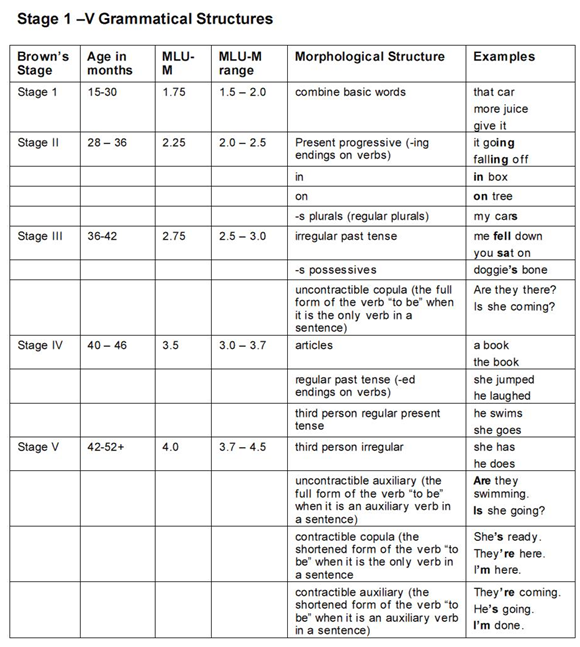 From
From 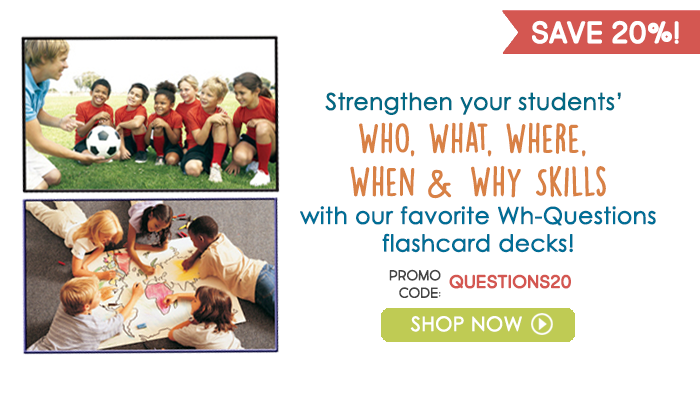




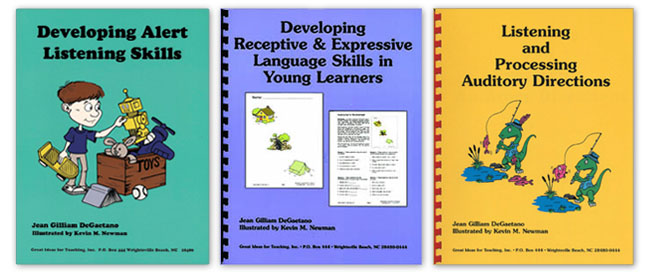
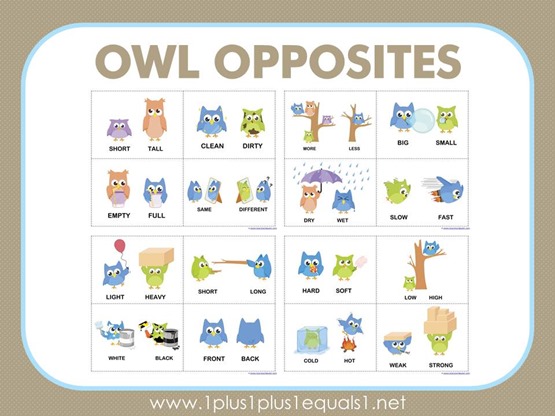 The entire set features an adorable pair of owl friends who demonstrate the following sixteen different opposites:
The entire set features an adorable pair of owl friends who demonstrate the following sixteen different opposites: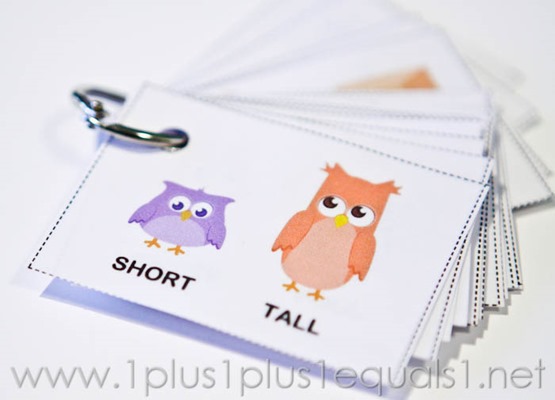
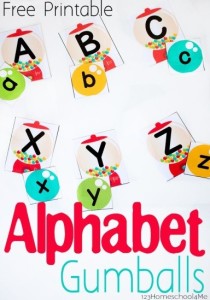 Start Autism Awareness Month on a sweet note with this gum ball alphabet matching activity! This free, easy-prep printable from
Start Autism Awareness Month on a sweet note with this gum ball alphabet matching activity! This free, easy-prep printable from 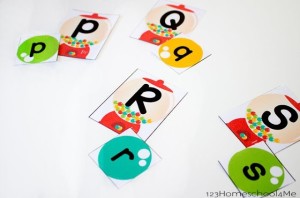 To make sure that your letters last, we recommend printing the activity on cardstock or laminating the letters for longer use.
To make sure that your letters last, we recommend printing the activity on cardstock or laminating the letters for longer use.


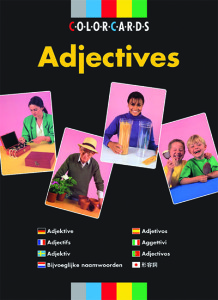
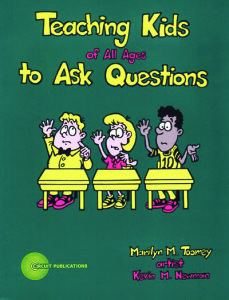 Teaching Kids of All Ages to Ask Questions
Teaching Kids of All Ages to Ask Questions
 Teach Me
Teach Me